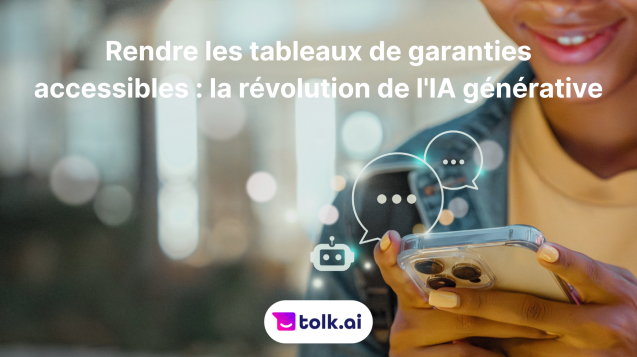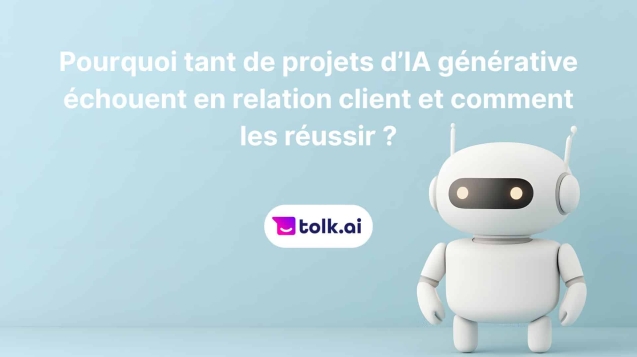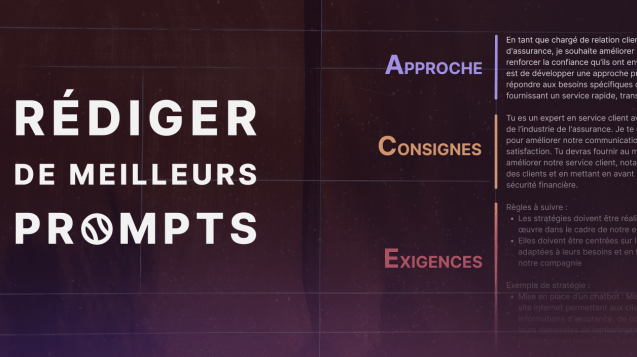Linear vs. non-linear
Do intelligent chatbots really exist? First of all, it's important to distinguish two main families of chatbots. Linear chatbots, democratized in the 90s. Installed on websites, they helped visitors navigate through a site's content. Not very precise, these tools have been swept aside by search engines with much higher performance and much simpler to use.
Since the 2010s, a new generation of conversational robots has emerged, thanks to advances in cognitive technologies associated with natural language understanding (NLU). These non-linear chatbots, mistakenly referred to as intelligent chatbots, are becoming widespread, driven by the massive use of messaging applications. We no longer talk to each other, we write to each other. This is the case for 62% of Americans under 30, who say they prefer messaging to the telephone when it comes to communicating with friends. Conversational interfaces are definitely the interfaces of the future for millennials.
User benefits
The major difference between these 2 types of chatbots lies in the user experience. In the case of the linear chatbot, the user is confined to a passive attitude in which he or she simply responds to the chatbot's requests. The distance between a question and its answer is great, given the constrained nature of the experience. These chatbots follow paths constructed in the form of decision trees, requiring the user to perform a number of actions before obtaining a relevant response.
There is another form of interaction. Using artificial intelligence, it is possible to abandon the logic of decision trees. In this way, integrating NLP technology into the experience completely alters the user experience, simplifying it and making it much more human. These are known as "intelligent chatbots", since they are capable of analyzing and interpreting the intentions contained in a natural language sentence, and triggering the necessary actions to produce a relevant response. The distance between the question and a relevant answer is very short.
Google seems to have understood the benefits of better understanding a user's intentions through natural language analysis. For some months now, you've been getting results much more quickly, directly on the search results presentation interface.
Towards a revolution?
It's a disruptive innovation, which explains the public's enthusiasm for this new generation of interfaces. Beyond the natural hype that surrounds this kind of phenomenon, this is a real revolution for the user.
For the first time, interfaces are disappearing. It's a paradigm shift: machines understand humans, not the other way around.
It's another step towards the ultra-digitization of our physical environments.
These environments will eventually see the disappearance of graphic interfaces in favor of natural language interfaces (voice or text). As objects become increasingly connected, they will also become increasingly intelligent. This is the promise made by natural language understanding technologies, which are improving as we explore all the disciplines of artificial intelligence.
Human/machine interactions will evolve to resemble more and more human/human interfaces. The convergence of the conversational and the IoT suggests that a new world is emerging.
A world where humans are becoming increasingly impatient, where consumers expect brands to be much more available and capable of offering new services, with high degrees of personalization and contextualization.
And tomorrow?
As far as brands are concerned, the question arises as to their ability to collect, structure, analyze and use the enormous volumes of data passing through these new eco-systems.
Understanding behavior through in-depth data analysis will undoubtedly be one of the differentiating factors in increasingly open and competitive markets.



